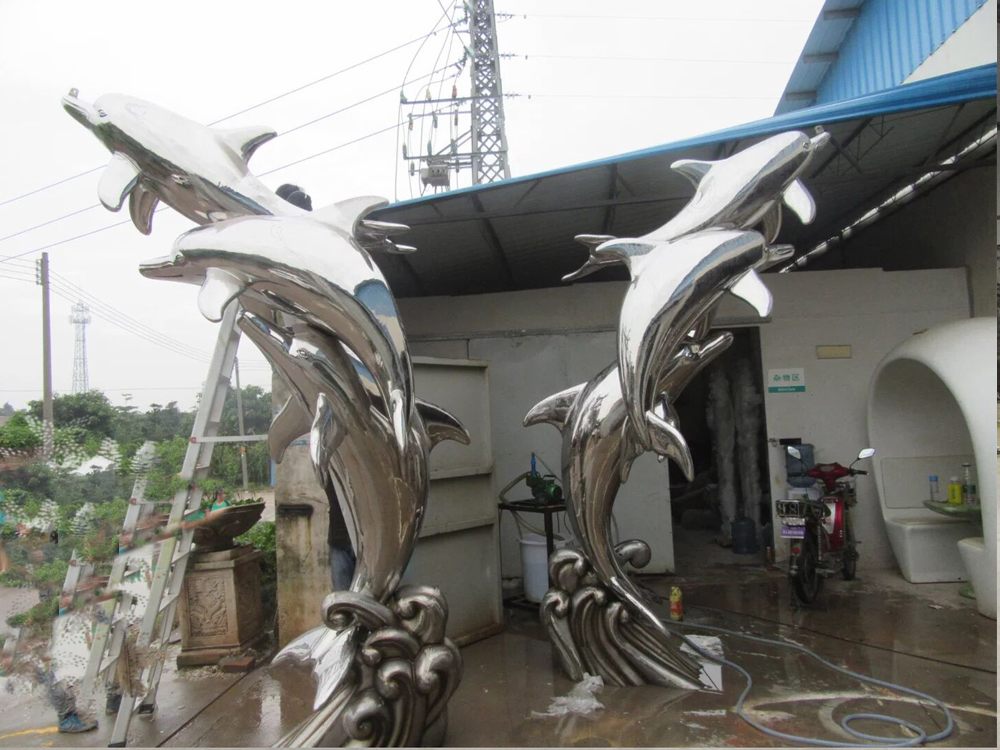
Stone sculptures, as one of humanity's oldest art forms, reflect profound cultural and regional influences that shape their distinctive styles. Across different civilizations, stone carving techniques and artistic expressions vary dramatically based on local traditions, religious beliefs, and available materials.
In Asia, Buddhist traditions dominate sculpture styles, with smooth, flowing lines in Chinese jade carvings and intricate details in Indian temple statues. The use of soft soapstone in China contrasts with India's preference for hard granite, resulting in markedly different textures.
European sculptures showcase regional differences through historical periods - from the idealized human forms of Greek marble statues to the expressive Gothic cathedral figures. Mediterranean cultures favored white marble for its purity, while Northern European artists often worked with local sandstone or limestone.
African stone sculptures emphasize abstract forms and spiritual symbolism, with Zimbabwe's soapstone birds and Nigeria's monoliths demonstrating how geography influences both subject matter and technique. Indigenous cultures in the Americas developed unique styles like the Olmec colossal heads, carved from volcanic basalt.
Modern sculptors continue this tradition by blending local heritage with contemporary ideas, proving that stone remains a dynamic medium for cultural expression. The next time you encounter a stone sculpture, look closely - its style tells a story about the land and people who created it.

